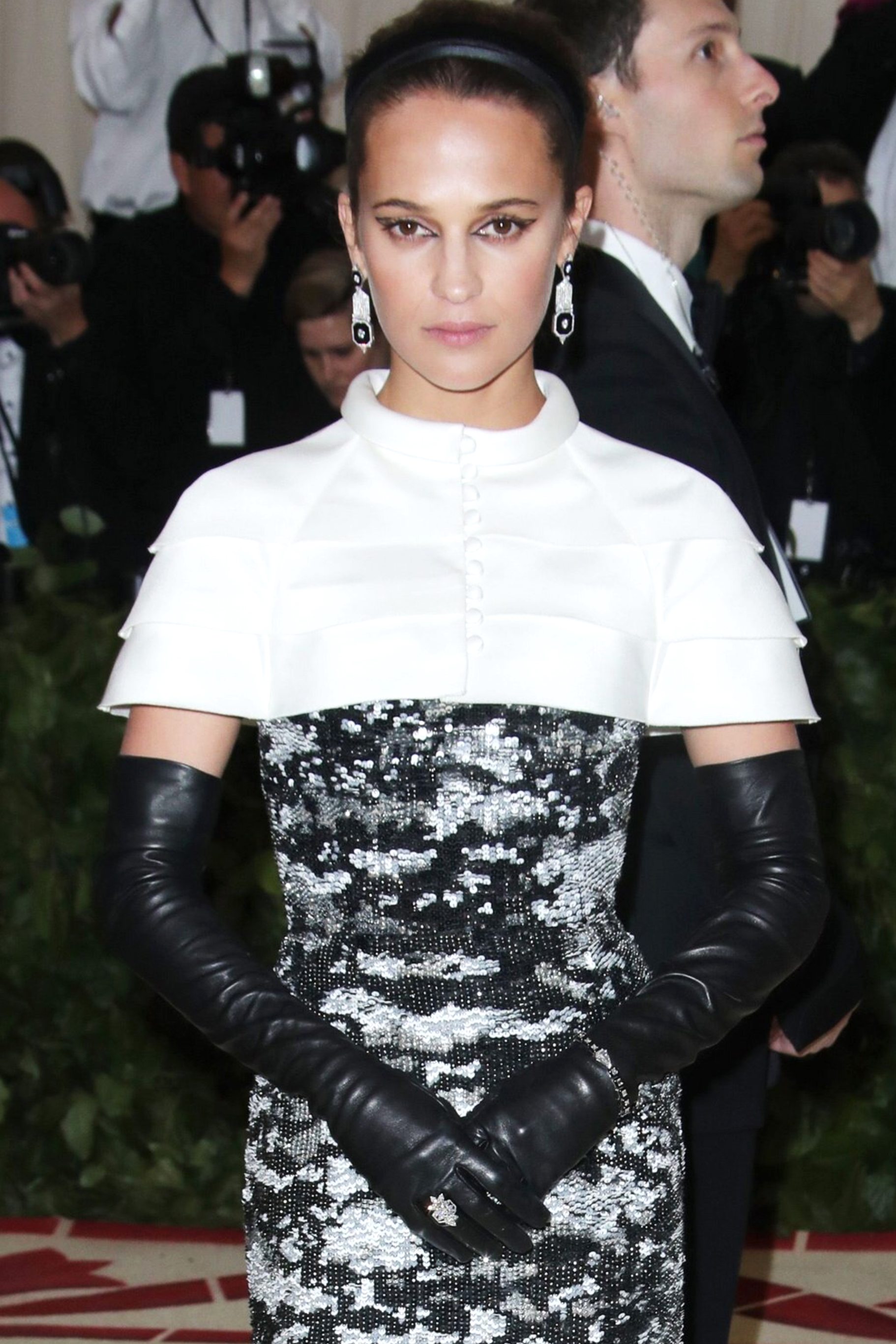Is the Met Gala theme an example of cultural appropriation?


The Met Gala is an annual fundraising event, with all of the proceeds benefiting the Costume Institute of The Metropolitan Museum of Art in New York City.
This year’s Met Gala theme has sparked a lot of controversy over it’s “Heavenly Bodies: Fashion and the Catholic Imagination” theme, with critics saying it is an example of cultural appropriation.
Let’s be clear on what cultural appropriation really is — because the Met Gala is not an example of it.
Cultural appropriation, by definition, is when someone from the majority group uses a cultural element of a marginalized group without permission and claims it as their own. This usually means that the group appropriating the culture has little respect or knowledge about said culture.
I daresay that those who were outraged over the Catholicism theme were doing so in an attempt to silence marginalized groups who speak out against legitimate appropriation.
The use of the term cultural appropriation cannot be considered correct in this context because in order for cultural appropriation to occur, there needs to be an unequal power dynamic that favours the appropriator.
Historically speaking, the Catholic Church has done quite a bit to oppress actual marginalized groups.
Catholicism and Christianity were the main religions of European colonial powers and they were committed to converting their subjects of conquest to their beliefs.
In North America specifically, they prohibited Indigenous traditions and beliefs.
By this definition, the Met Gala is not an example of cultural appropriation as Catholicism is considered to be a religious majority, and therefore they are not marginalized.
If anything, the 2018 Met Gala is an example of cultural appreciation, not appropriation.
This year’s Met Gala was designed to honour and acknowledge the Catholic church’s visual aesthetic.
The Met Gala paying homage to the Catholic church is no different from the Catholic and Christian symbolism that for centuries has been conveyed in popularized forms of art, literature and music. The Met Gala attendees pulled symbols from the repertoire of Catholicism, heralding images such as the Sistine Chapel or stained glass windows as art.
Andrew Bolton, head curator for the Costume Institute told New York Times that the exhibit focuses on the “the Catholic imagination and the way it has engaged artists and designers and shaped their approach to creativity.”
In fact, the chairs of the gala took great effort to earn the Vatican’s blessing with the theme this year. And not only did the Vatican approve of the theme, but they also donated over 40 artifacts to the Costume Institute’s exhibit.
The exhibit will also include designer brands such as Dolce & Gabbana and Versace, who are both known for their usage of religious symbolism in their designs.
Cardinal Dolan of the American Catholic church even offered his support to singer Rihanna, joking that the papal tiara that she adorned for the gala was borrowed from his collection of mitres, traditionally worn by bishops of the church.
The Met Gala theme this year may not be considered appropriation, but that isn’t to say that they haven’t had their share of controversies in the past.
The most recent example of appropriation at the Met Gala is the 2015 theme “China: Through the Looking Glass.” Luckily, most attendees that year were reported to have dressed appropriately for the event by avoiding appropriation, but past themes such as the 1994 “Orientalism: Visions of the East in western dress” reflects poorly on the Institute.
The “Heavenly Bodies: Fashion and the Catholic Imagination” is an example of the Met Gala respecting and honouring a religious majority.
They credit and celebrate the Catholic church, which I hope they can continue to do for future Gala themes.
At the end of the day though, it would be useless to say that the Gala is about paying homage to a culture more than it is about promoting the exhibit itself.


